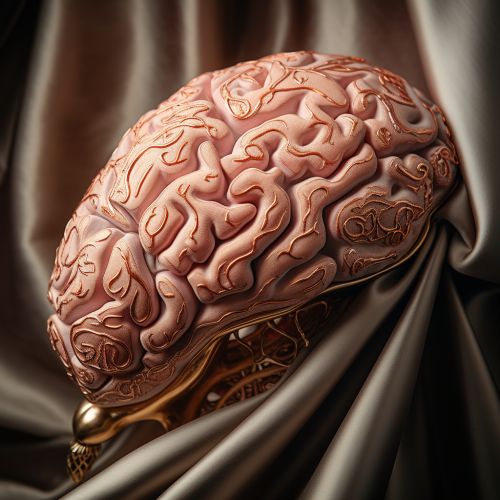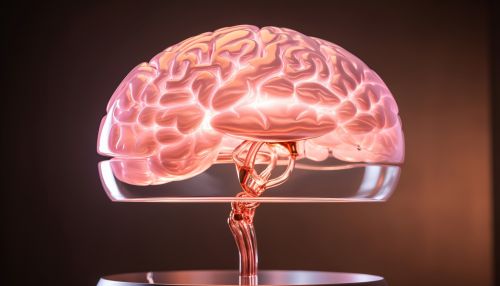Cerebrum
Anatomy
The cerebrum is the largest part of the human brain, and is divided into two cerebral hemispheres. The hemispheres are separated by a groove, known as the longitudinal fissure. Each hemisphere is further divided into four main lobes: the frontal lobe, parietal lobe, temporal lobe, and occipital lobe.


Functions
The cerebrum plays a key role in memory, attention, consciousness, thought, language, and awareness. It is also involved in processing sensory information and controlling motor functions. The frontal lobe is primarily responsible for decision making, problem solving, and planning. The parietal lobe processes sensory information it receives from the body including spatial sense and navigation. The temporal lobe is involved in processing auditory information and encoding memory. The occipital lobe is primarily responsible for vision.
Structure
The outermost layer of the cerebrum is the cerebral cortex, which consists of four areas: the frontal cortex, parietal cortex, occipital cortex, and temporal cortex. The cortex is highly wrinkled; these wrinkles are called gyri and the grooves between them are called sulci. This wrinkled appearance increases the surface area of the cortex, allowing for higher function and thought.
Neurotransmitters
The cerebrum communicates with the rest of the body through neurotransmitters. These chemicals transmit signals between neurons, allowing for communication within the brain and with the rest of the body. Some of the main neurotransmitters in the cerebrum include acetylcholine, dopamine, serotonin, and GABA.
Development
The development of the cerebrum begins in the third week of embryonic development with the formation of the neural tube. The cerebrum undergoes rapid growth and development during the third trimester of pregnancy and continues to develop throughout childhood and adolescence.
Disorders
Disorders of the cerebrum can lead to a variety of neurological and psychological conditions. These include epilepsy, Alzheimer's disease, Parkinson's disease, and schizophrenia. Treatment for these conditions often involves medication, therapy, and in some cases, surgery.
